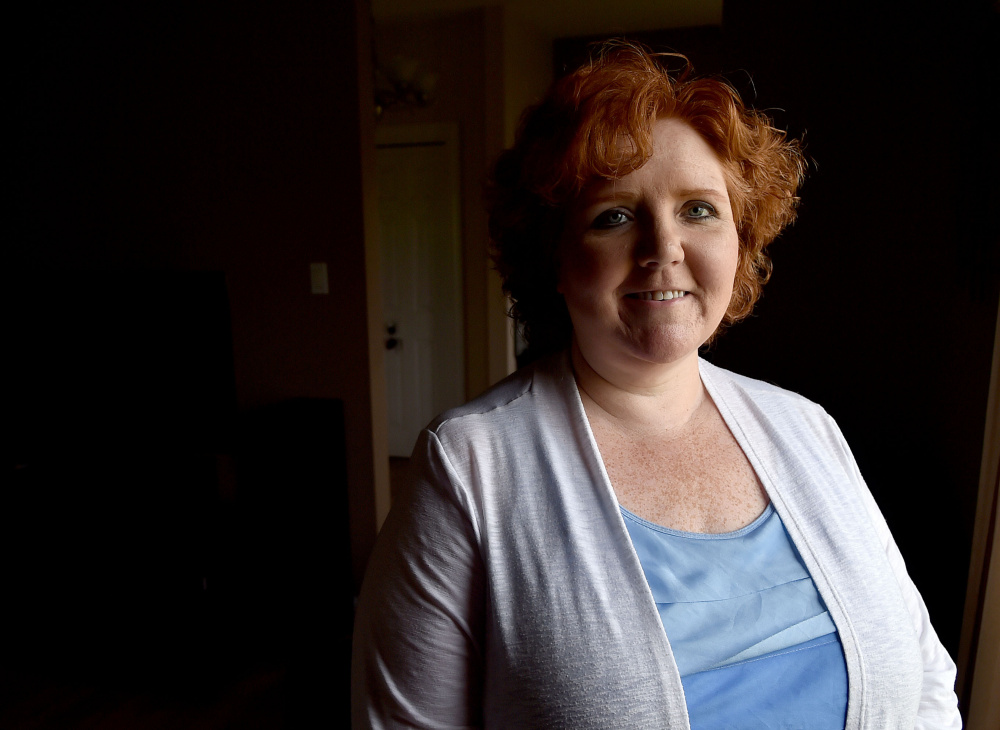FARMINGTON — Devising personal, business or municipal budgets is hard enough, but building and then passing a spending plan for a school district that serves 10 towns is an even taller task.
District administrators, board members and residents in Regional School Unit 9 know this to be true. For the last two years voters have rejected the district’s initial budget proposal, sending the board of directors and district administrators back to the drawing boards to find more cuts.
This year, a $32,749,109 budget passed by 37 votes at a second ballot referendum in July. In June, voters shot down an initial $32.97 million proposal by a vote of 1,757-1,518.
Tami Labul, an RSU 9 director representing Farmington, said in her three years on the board she has seen the budget seasons getting progressively more difficult with contention growing between taxpayers and the district. Regional School Unit 9 includes the towns of Chesterville, Farmington, Industry, New Sharon, New Vineyard, Starks, Temple, Vienna, Weld and Wilton.
“The thing that was most disturbing for me is that it wasn’t even about money. It was about us versus them,” Labul said. “Like if you work for the school, then you’re a ‘yes’ person and you don’t care about the taxpayers, and the people on the other side, they don’t support education. Neither could be farther from the truth.”
At a meeting during the second round of budget deliberations this June, Labul read a letter she had written urging the community to work together to bridge the “us versus them” divide she was witnessing.
“We aren’t talking with each other, we are talking at each other and we can do so much better. This situation isn’t the school’s fault, it isn’t the students’ fault, it isn’t the taxpayers’ fault. We can’t continue to blame everyone else. It’s hurting our community, and I know that there are creative solutions out there. We just need to work to find them,” her letter read.
To better work together to solve budget problems, Labul proposed a community driven task force for RSU 9 stakeholders.
On Tuesday, the first official event of the task force, Working Together for Change, will be held from 5 p.m. to 7 p.m. at the Mt. Blue Campus food court. The event will be a potluck, which Labul says will be primarily social so people interested in joining the task force can formally meet each other on a positive note. The potluck is being held before a 7 p.m. RSU 9 school board meeting, which will take place in The Forum at Mt. Blue High School.
Labul is adamant that she is forming the task force as a private citizen, not as a member of the school board. The Facebook group had 172 members as of Friday afternoon, and she hopes a wide array of district stakeholders, including teachers, parents, legislators, business owners, and people who voted both in favor of and against the budget join.
“The purpose of the task force is to get people who normally don’t talk to each other to have a conversation,” Labul said. “There’s also the bigger picture of what do we want this community to be, and how do we support our retirees, our taxpayers and also support our schools.”
While the task force is not affiliated with the school district, RSU 9 superintendent Tom Ward said he fully supports what Labul is trying to accomplish with the group.
“Tami is working hard, as a citizen not necessarily a board member, to promote the idea of everyone coming together to share ideas,” Ward said. “It’s a great idea.”
The exact direction of the task force has not been worked out, though Labul said she started the group so interested people could shape its mission and drive the conversation. By having the group start meeting in September, both Labul and Ward agree that having the conversation begin well in advance of budget deliberations in spring 2017 will bode well for a productive conversation.
“I think this is the best time to have it before the (budget) pressure really gets on so people can share their ideas and concerns and get questions answered,” Ward said.
The task force will also seek to educate people on how the state’s Essential Services and Programs funding model works. By law the state is supposed to fund education at 55 percent; however, the state is really funding at about 47 percent statewide. This year RSU 9 is being funded by the state at 57 percent, according to Ward.
The funding model was a source of confusion during the RSU 9 budget process, and attempts by the district to explain it were not always successful, with even local legislators struggling.
“It’s very complicated and difficult to explain,” said State Sen. Tom Saviello, R-Wilton.
Labul said that a possible direction of the task force would be to lobby the Legislature for increased school funding or changes to the funding formula. Saviello said he is in support of the group and hopes people who were against the budget turn out to participate in the conversation.
“I seriously applaud (Labul) for reaching out to try and do this, because something has to be done,” Saviello said.
Lauren Abbate — 861-9252
Twitter: @Lauren_M_Abbate
Send questions/comments to the editors.



Success. Please wait for the page to reload. If the page does not reload within 5 seconds, please refresh the page.
Enter your email and password to access comments.
Hi, to comment on stories you must . This profile is in addition to your subscription and website login.
Already have a commenting profile? .
Invalid username/password.
Please check your email to confirm and complete your registration.
Only subscribers are eligible to post comments. Please subscribe or login first for digital access. Here’s why.
Use the form below to reset your password. When you've submitted your account email, we will send an email with a reset code.